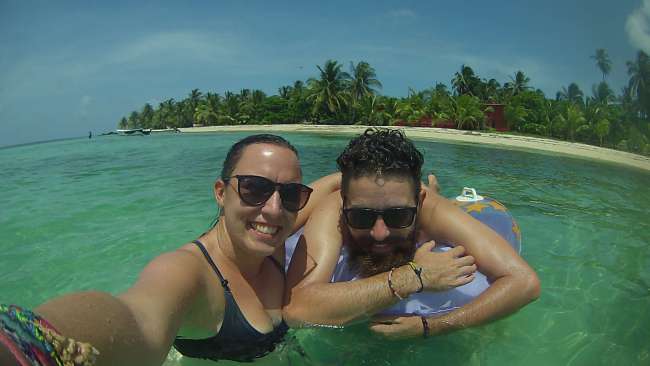Hiking until your socks smoke in Patagonia
Objavljeno: 21.03.2017
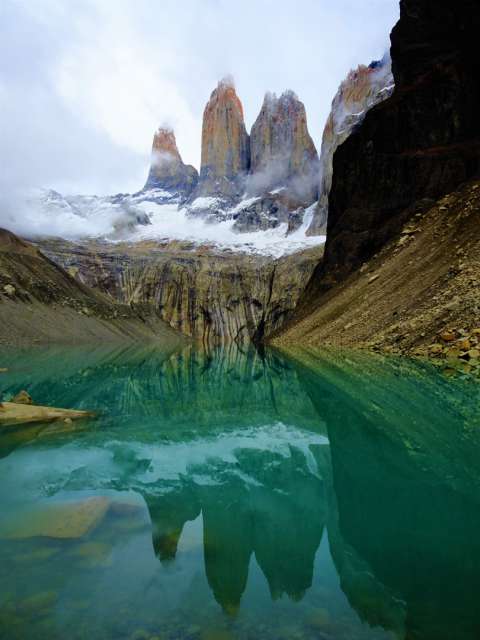
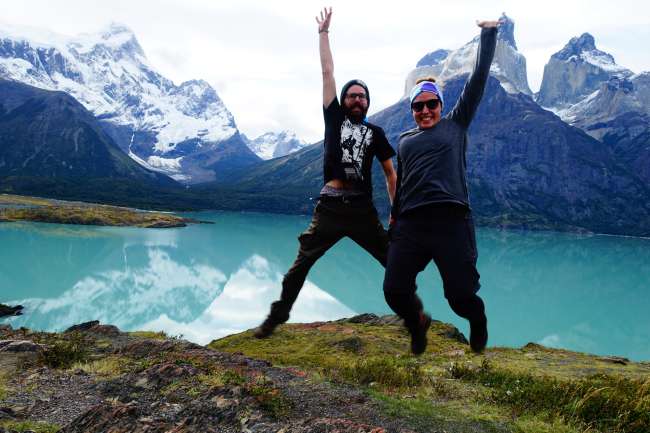
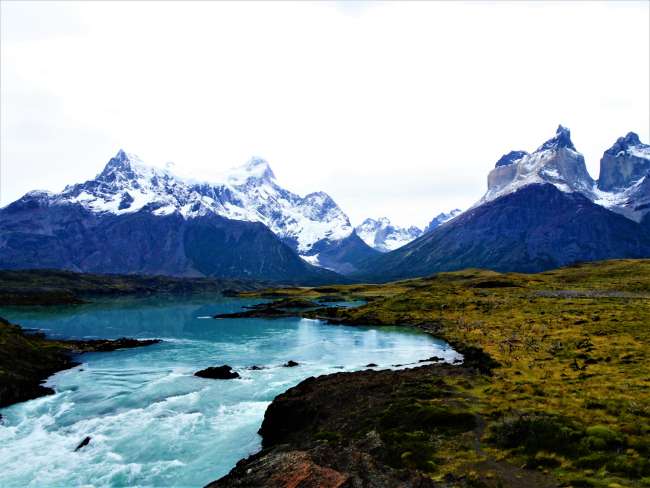
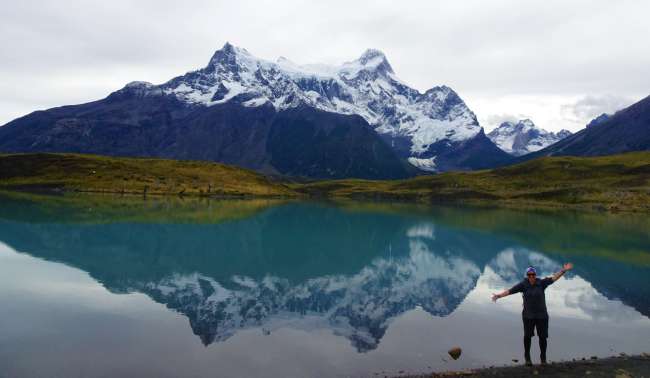
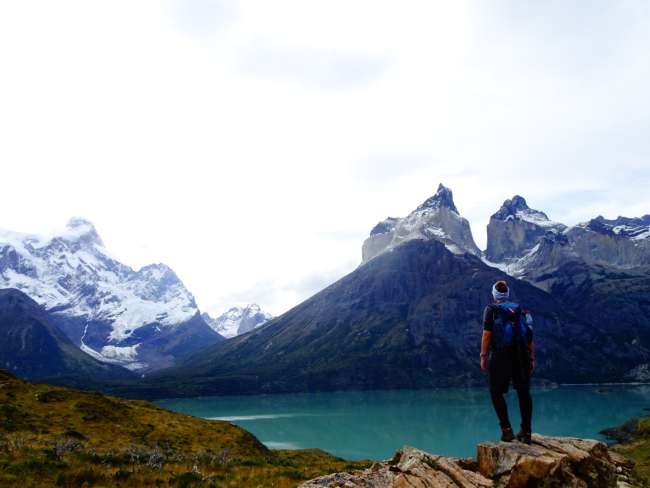
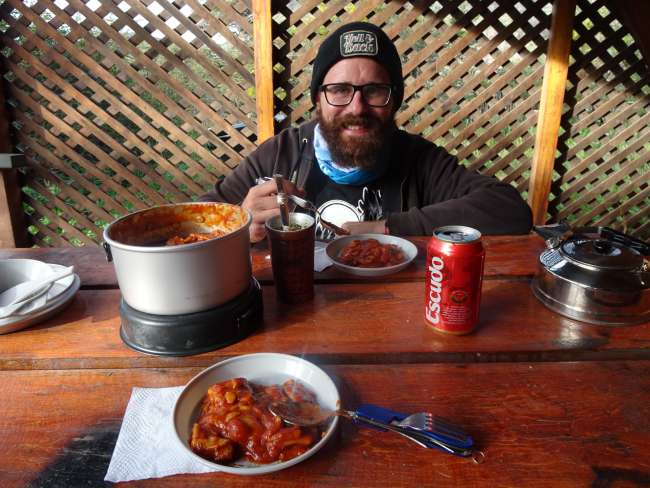
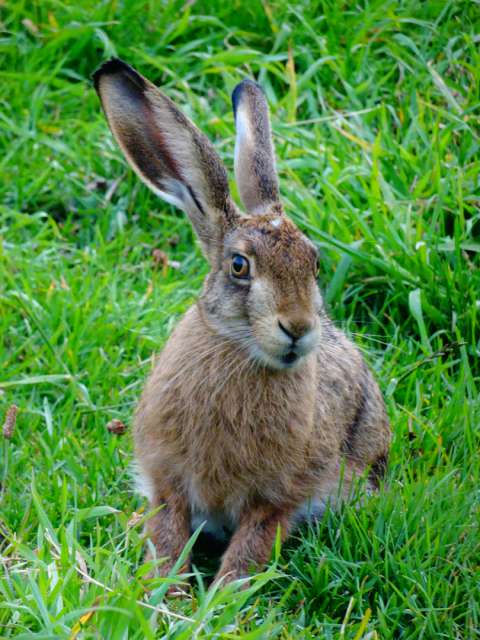
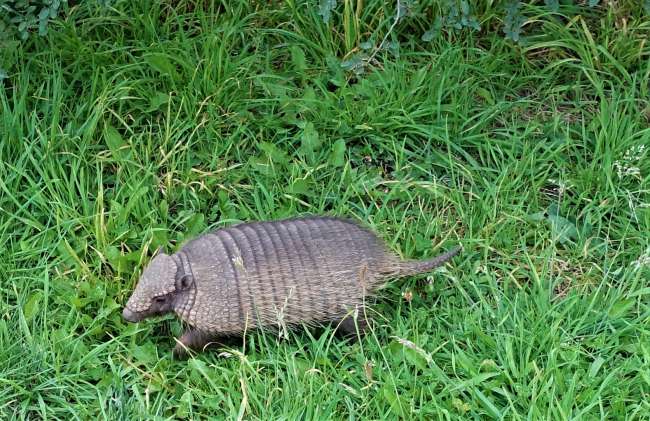
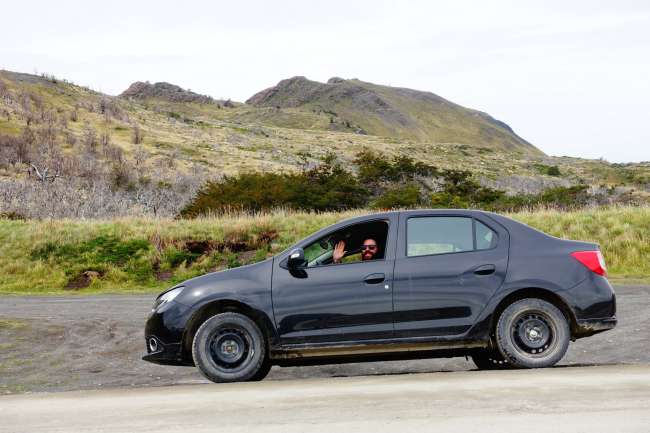
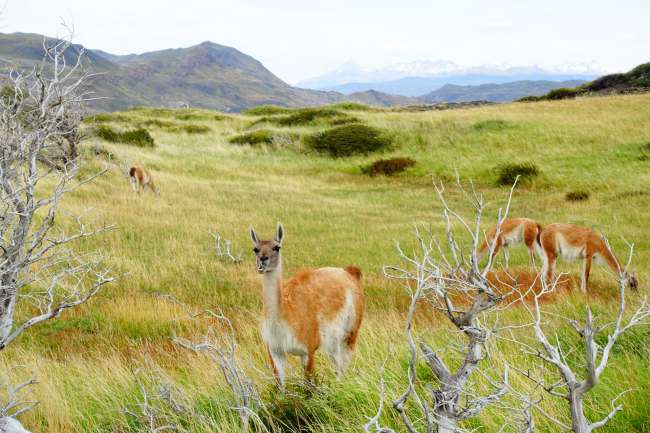
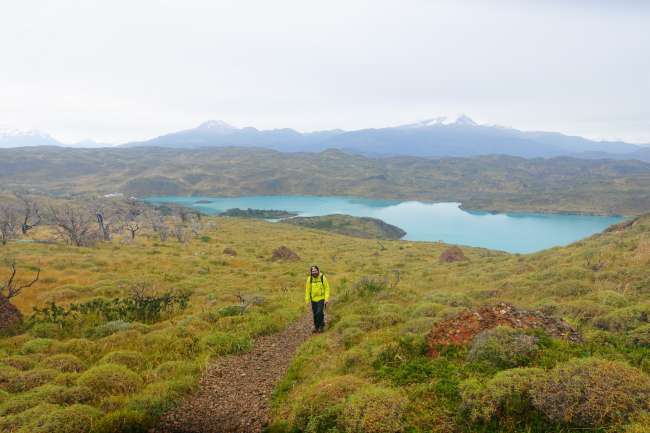
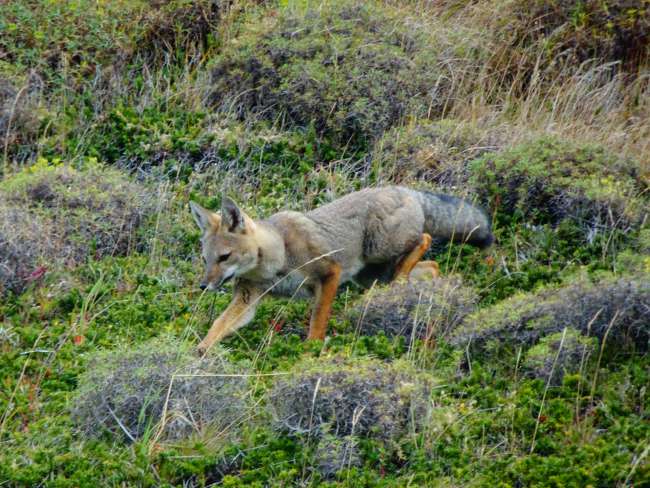
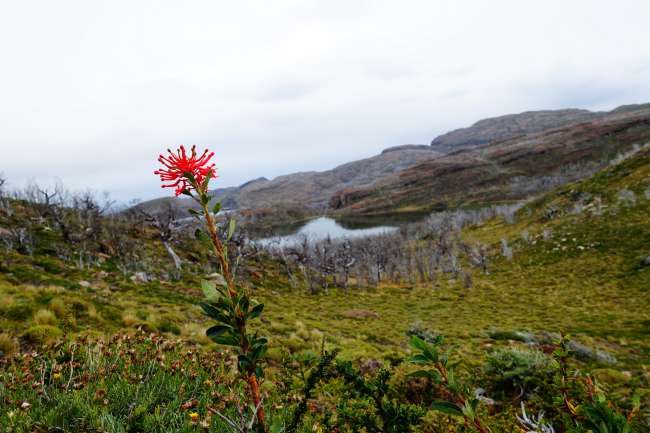
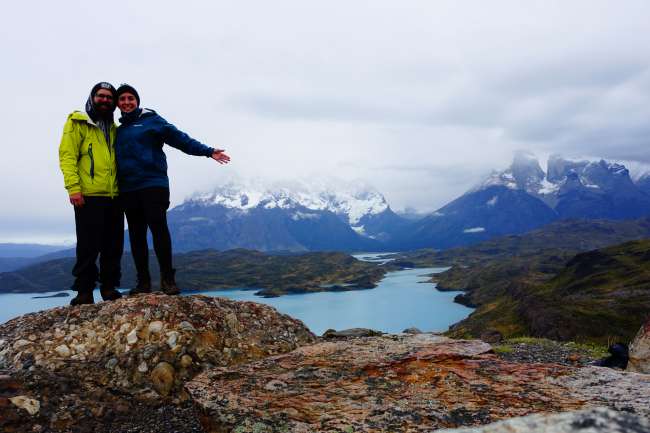
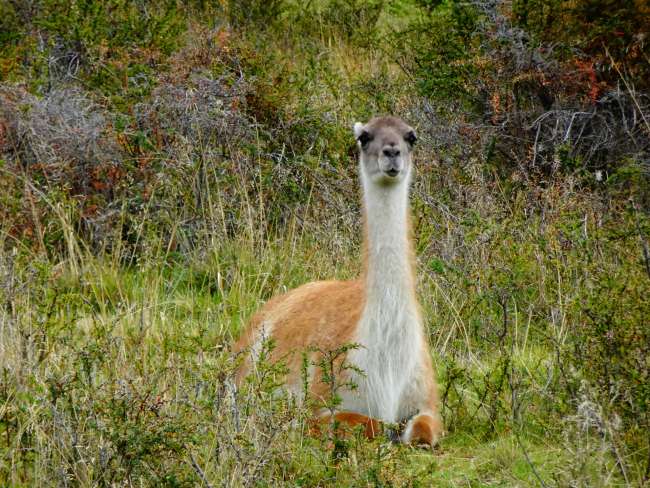
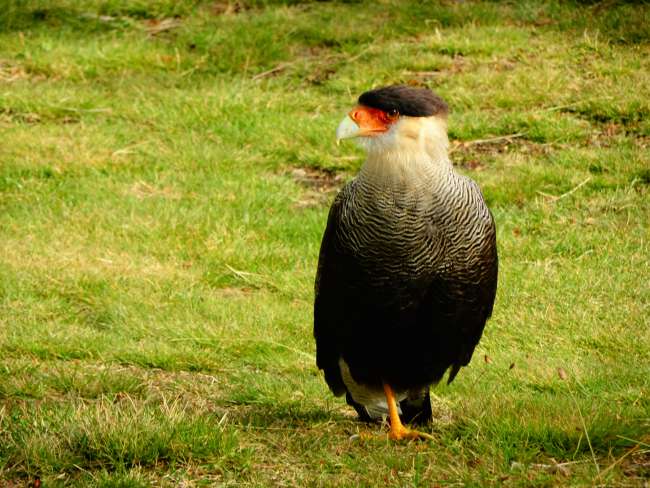
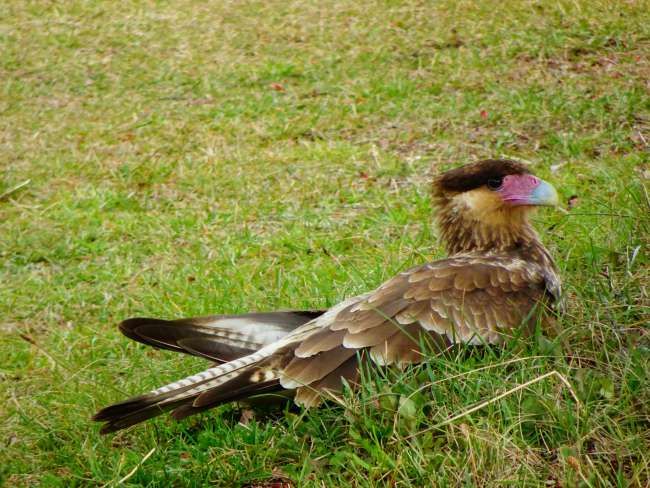
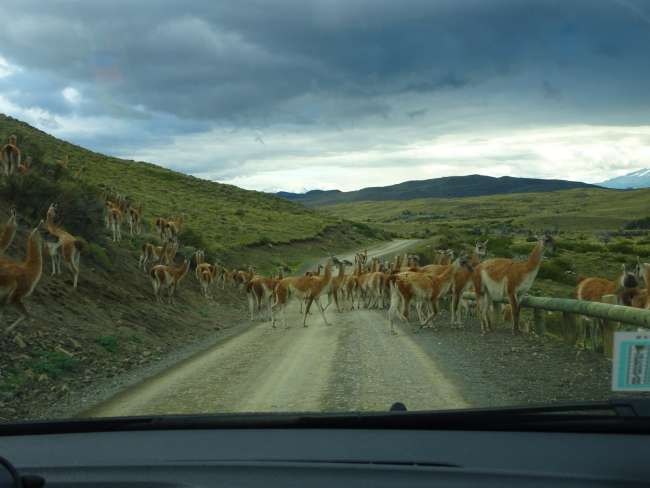
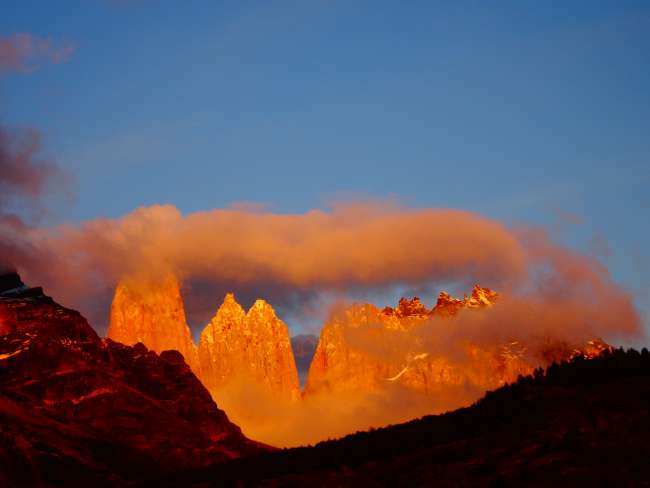
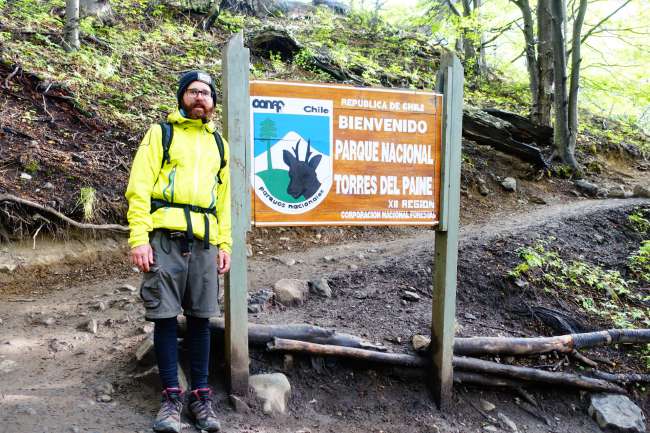
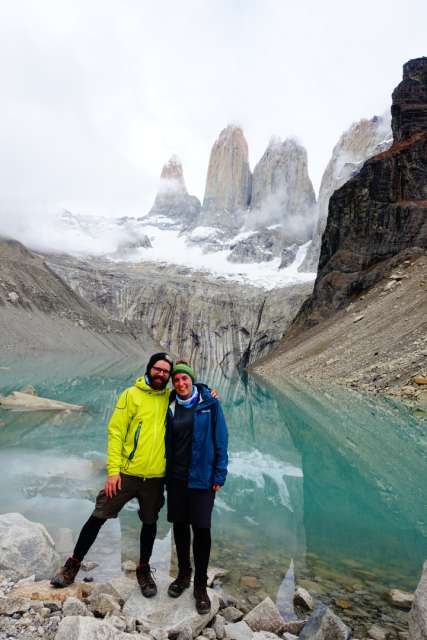
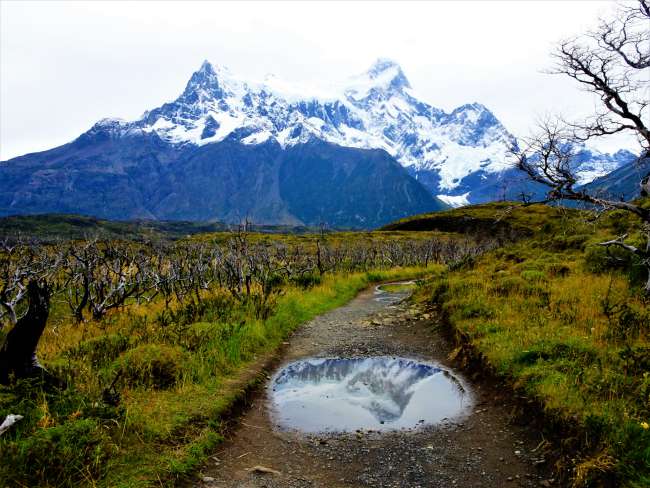
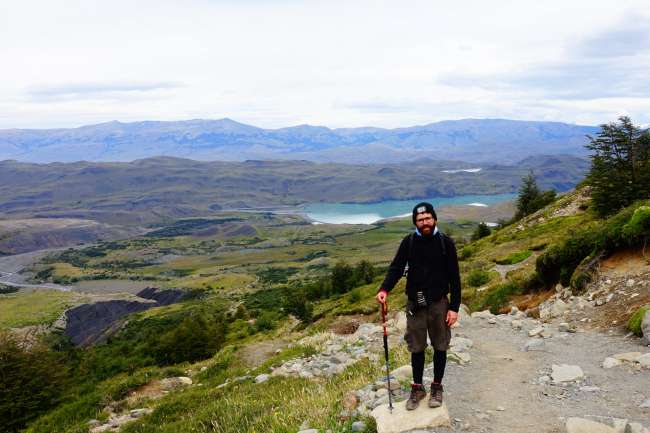
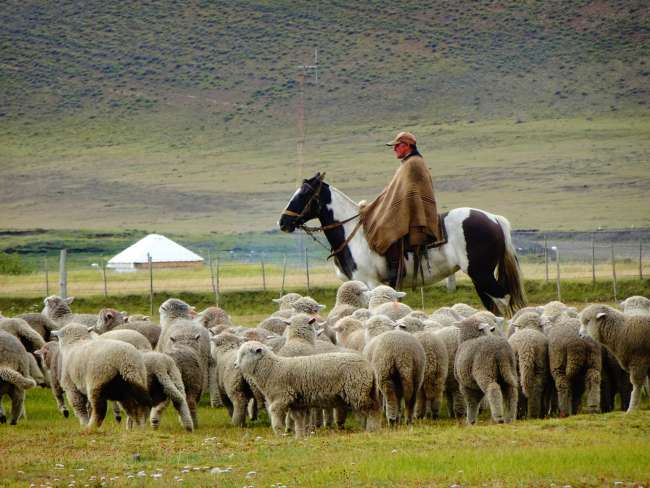
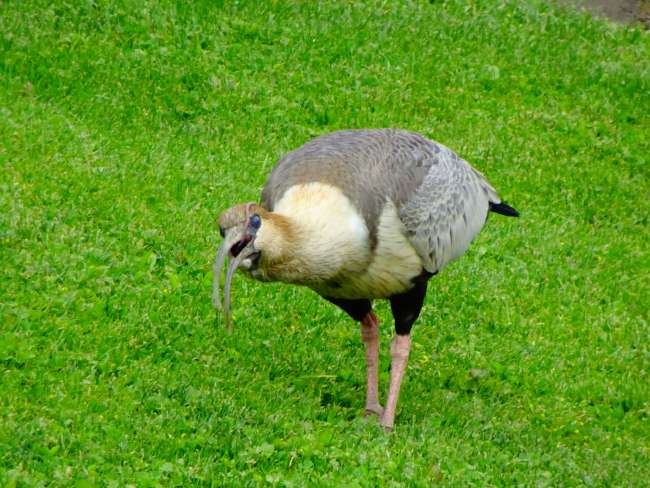

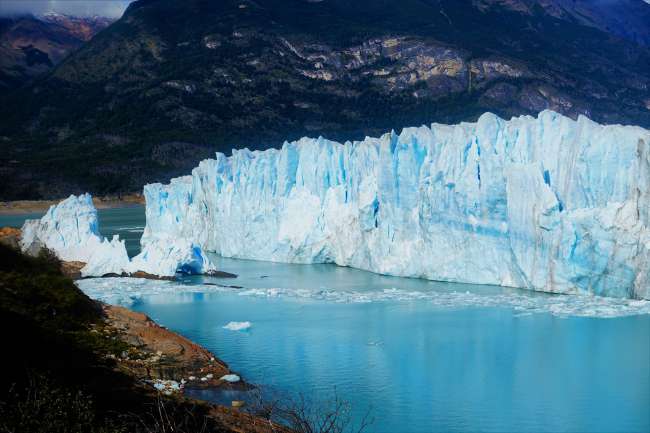
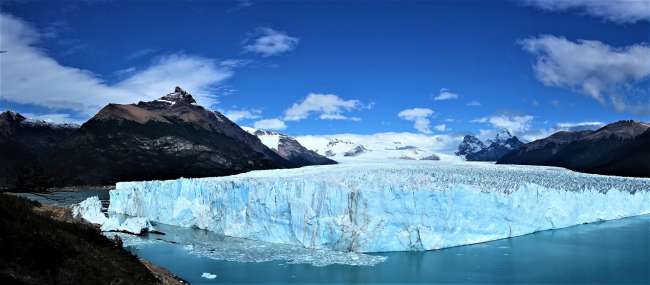
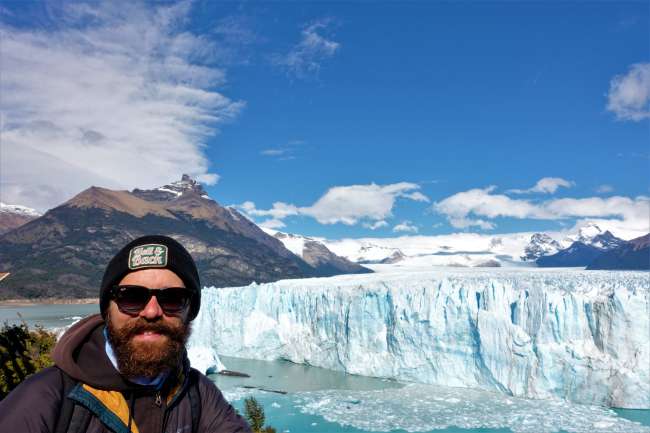
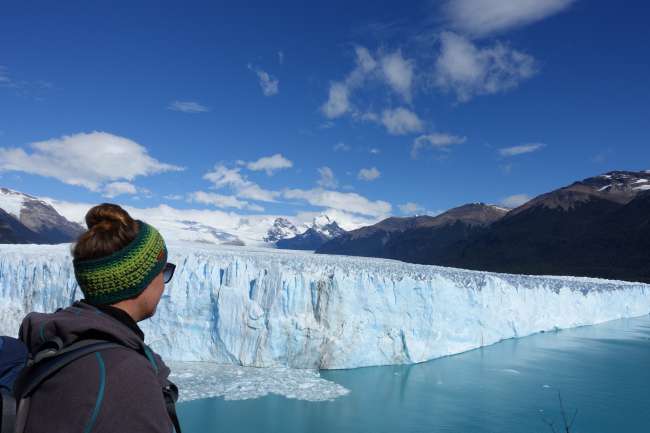
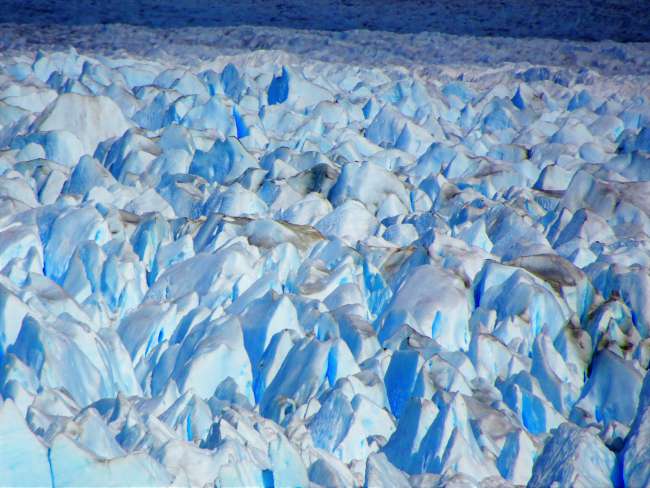
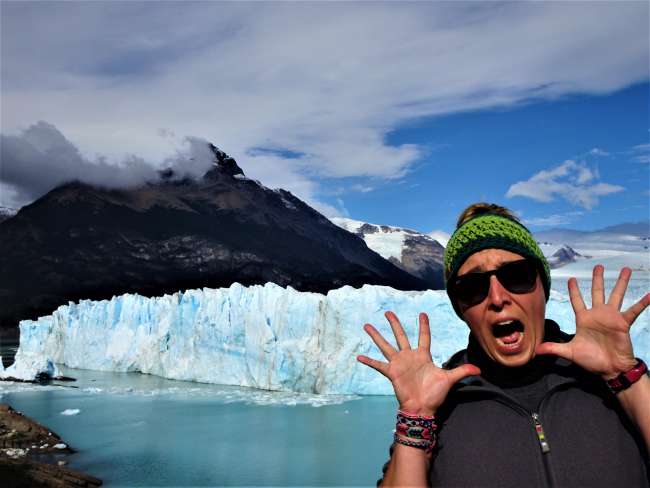
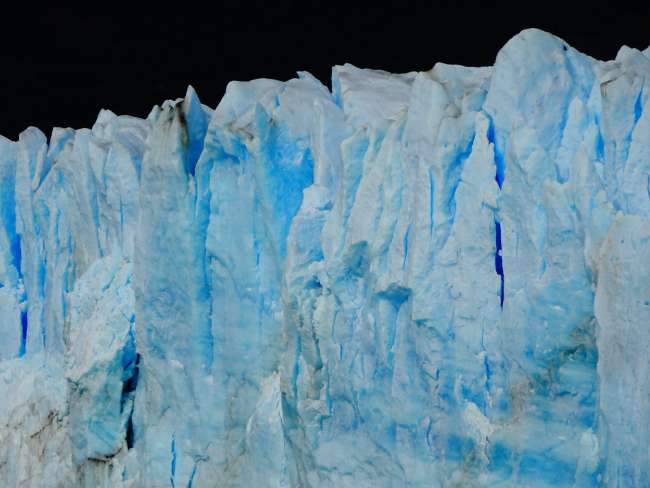
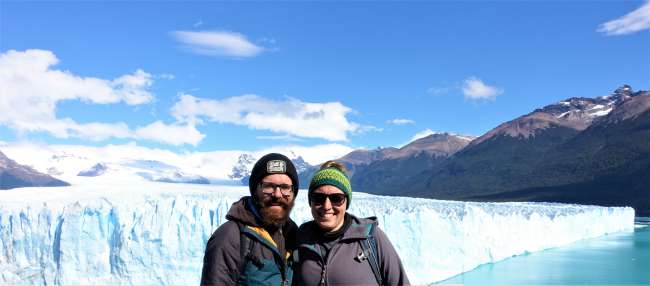
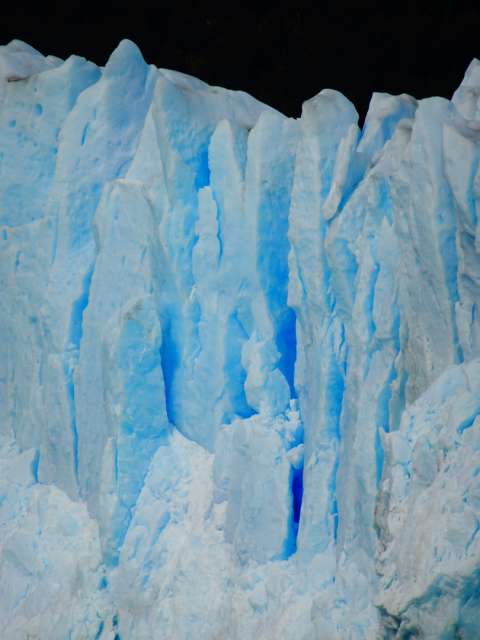
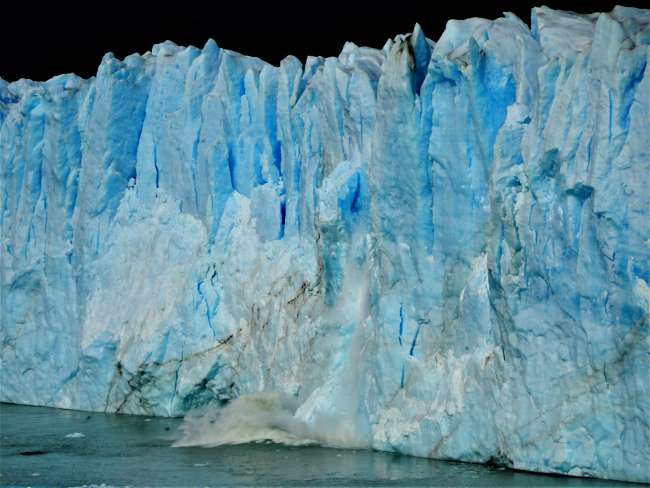
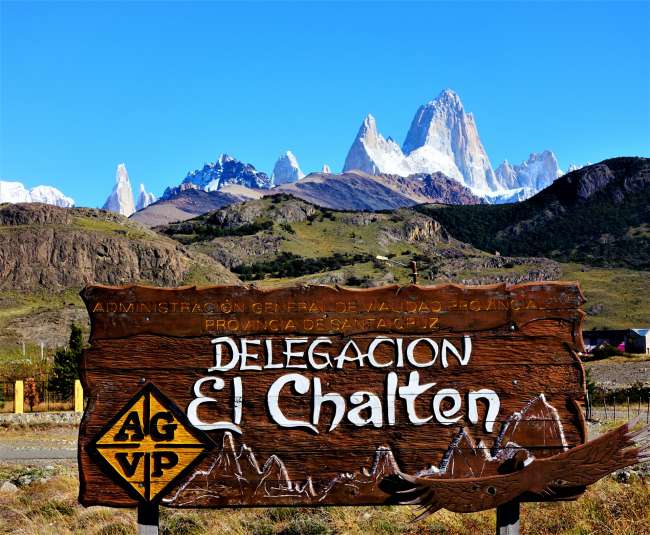
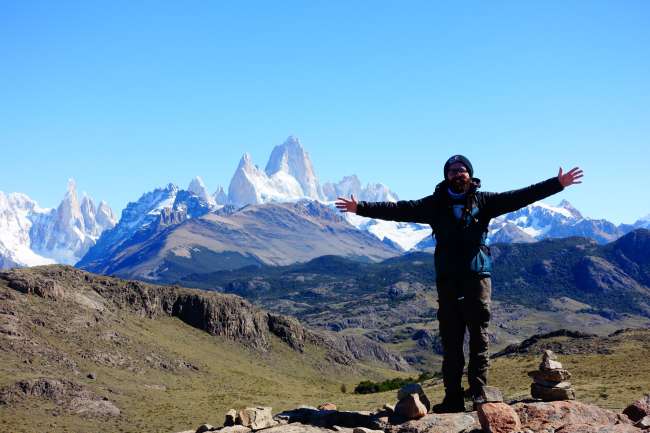
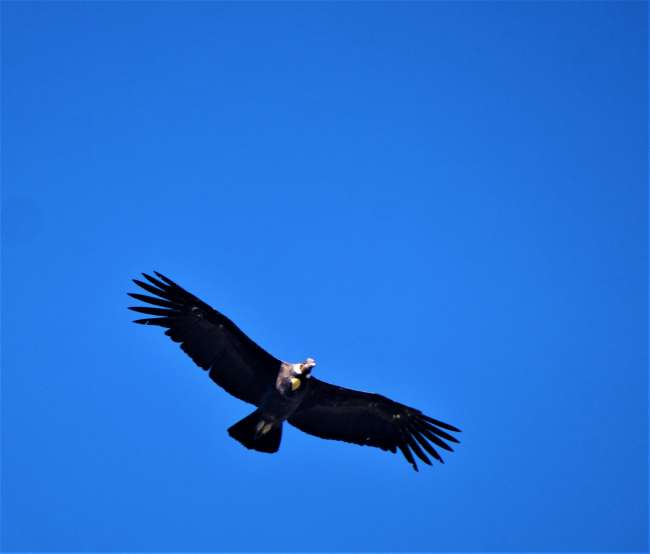
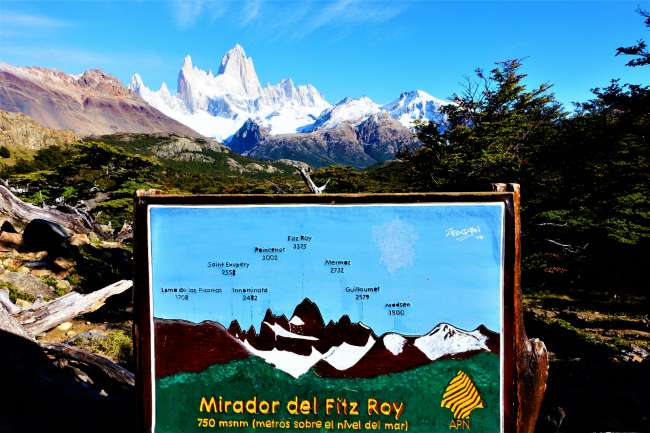
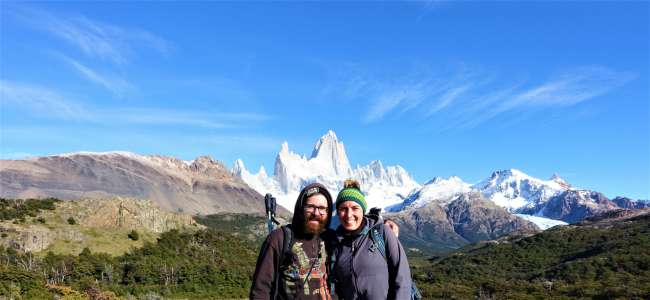
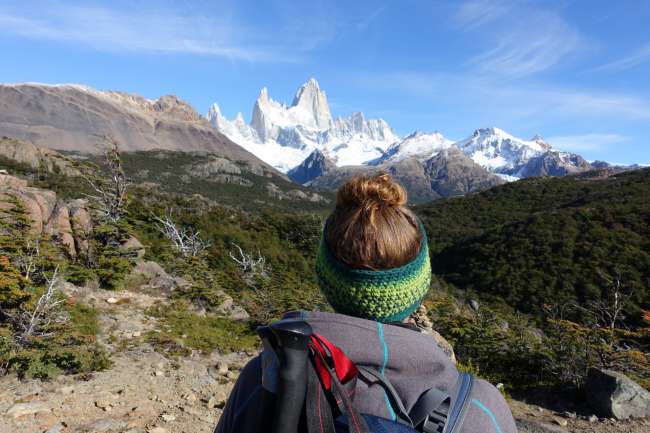
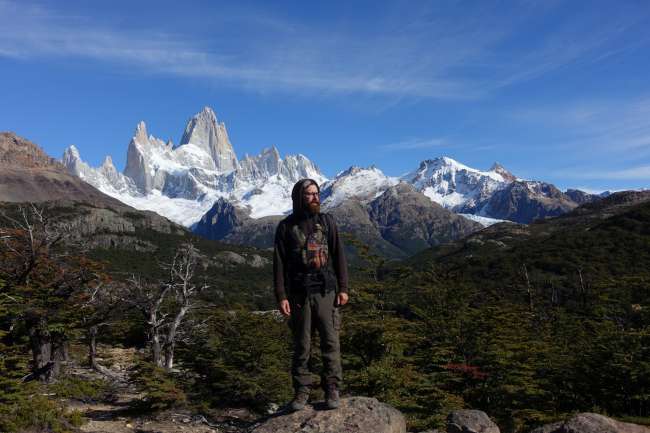
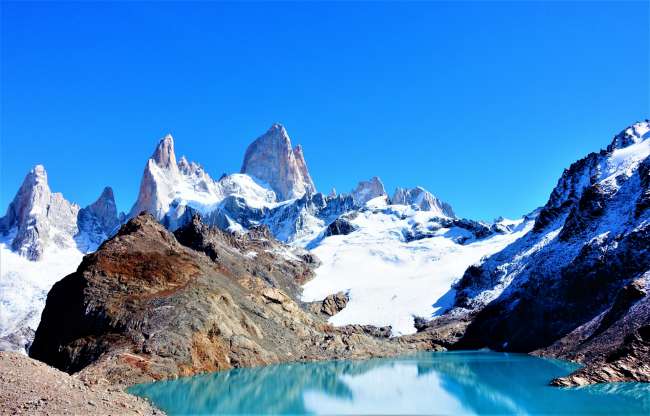
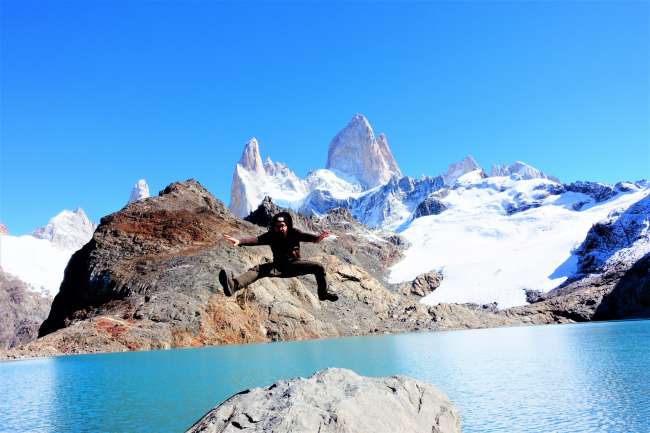
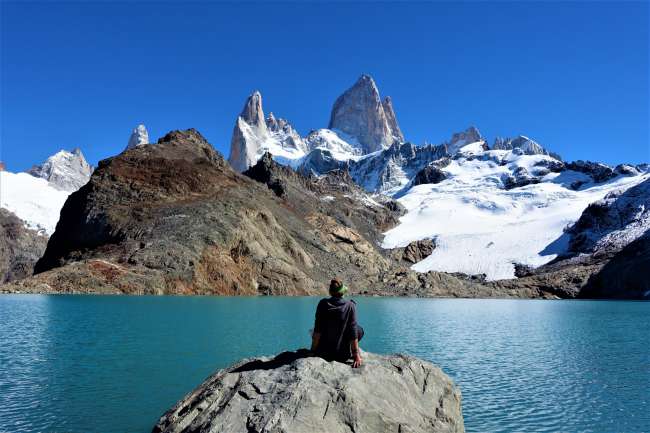
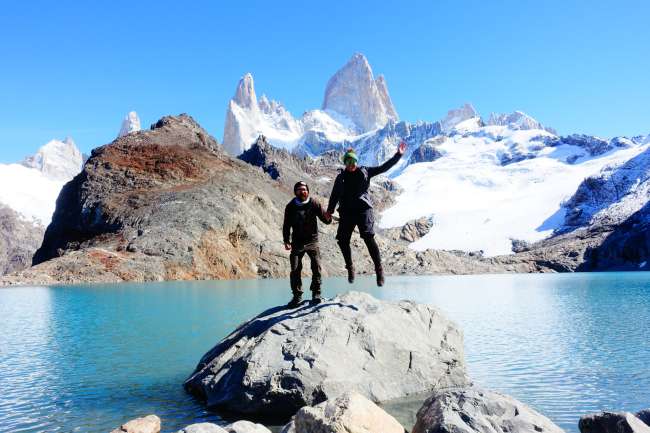
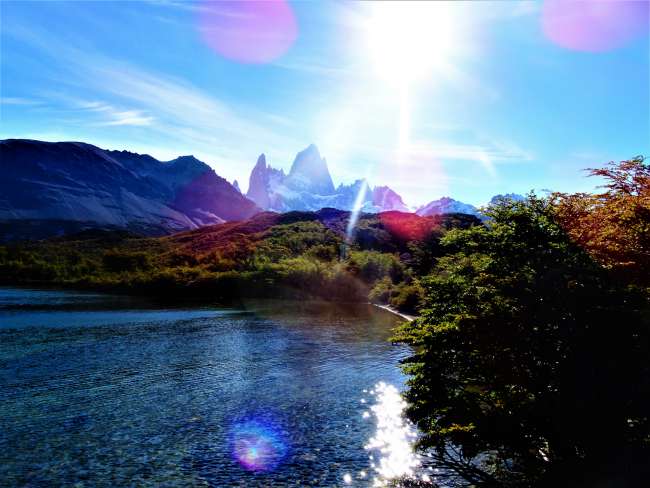
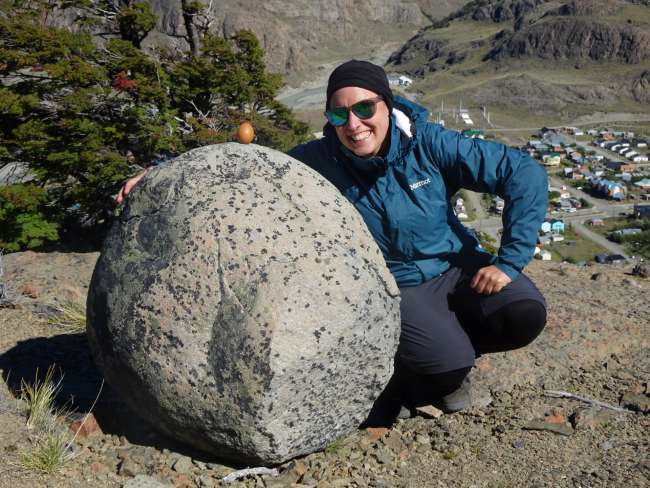
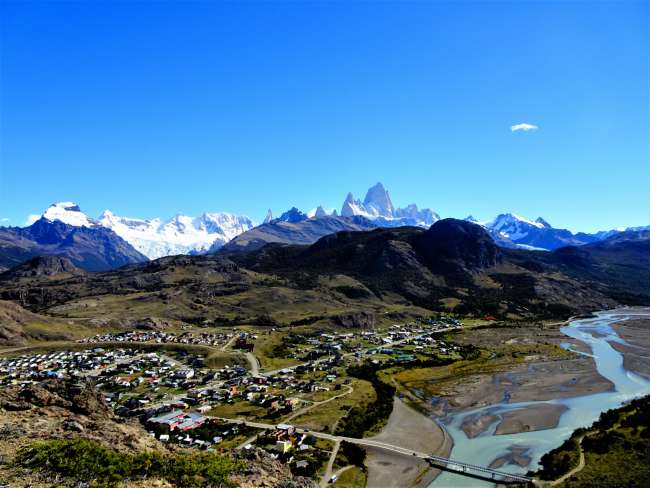
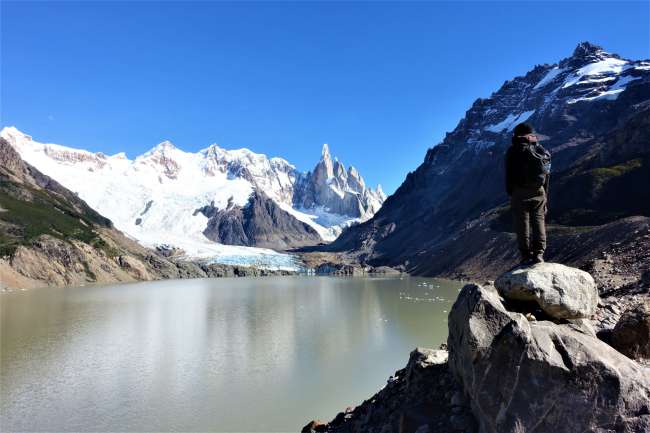
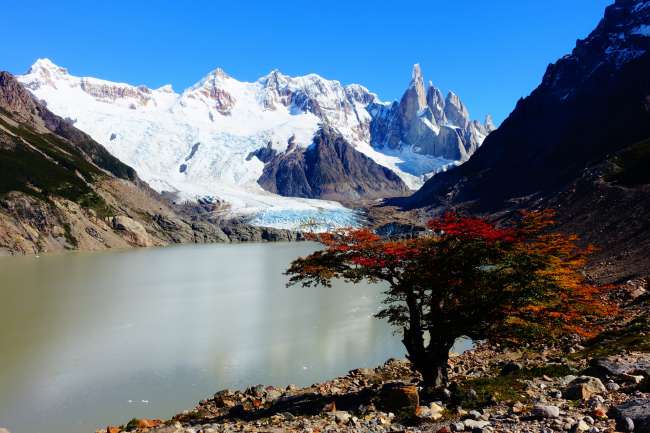
Pretplatite se na bilten
From Ushuaia we took the bus back to Punta Arenas. The 11-hour drive was quite entertaining, and we spent most of the time going through border controls, even though the checks at the end of the world were rather lax. The landscape was flat and steppe-like, but the rugged coast along which we drove and the cute guanacos crossing the road added to its charm. Since Tierra del Fuego is a large group of islands without direct access to the mainland, we had to take a ferry to the mainland again, where we experienced the strong Patagonian winds for the first time. It became clear to us how lucky we were with the weather during our ferry ride to Puerto Williams and in Ushuaia, where we were almost blown off the ship's deck. Back in Punta Arenas, we checked into a nice room in a different hostel. The next day, we explored the town and visited a museum, and passed the time until the afternoon with delicious cake and shopping for handicrafts, where we even found a small souvenir for Bode and Olga's growing baby. In the afternoon, we continued to Puerto Natales, a quiet town that doesn't have much to offer, but serves as a starting point for the Torres Del Paine National Park, which is a little over 100 km away. The preparation for the park had been bothering us since December, as the campsites and accommodations in the park for the well-known W and O treks were either fully booked or outrageously expensive, and it is impossible to predict the weather so far in advance. Since we didn't really want to do the treks for the reasons mentioned, it was clear to us, albeit unspoken, that we preferred a bit of comfort. So, the only options left were to do two day trips from Puerto Natales or, as we had read, to rent a car and try to find a campsite off the treks. Since we were a bit tired from the exciting and exhausting past days and the weather was cold and rainy, we decided to take it easy for now and explore the options locally. It quickly became clear that renting a car was not only the most relaxed option but also the most cost-effective. So, after checking the weather forecast for three days, we booked a car, extended our hostel room for another day, bought groceries bit by bit, and enjoyed doing nothing. However, it should be mentioned that shopping in Puerto Natales is almost an all-day task, as you can easily spend 1 hour waiting at the supermarket checkout (foreigners politely queue, while locals push and squeeze wherever they can), only to realize that there are still items missing or sold out. On our last day, we took a walk to the landmark of Puerto Natales, the Mylodon, a giant sloth that became extinct about 11,000 years ago, weighed several tons, and whose bones were found near Puerto Natales.
The next day, we picked up our rental car with a one-hour delay (Tina almost ate the poor car rental employee because of the delay) (Note from Tina: He was ONE hour late!!) and loaded our 7,000 things into the car. We then set off towards Torres del Paine in beautiful sunshine. After a few kilometers, we started filling our karma pot by picking up two young French hitchhikers. On the way to the park, we had to make frequent photo stops because the approaching Torres mountain range was shining in the sunshine from different perspectives, creating a magnificent panorama. After an hour, we reached the entrance of the park, paid the entrance fee, received maps of the park, and continued on the gravel roads towards the center of the park. Our first destination was the Pehoé campsite, which was recommended in the guidebook, and where we hoped to find a spot for our rented giant tent. Luckily, we were able to set up our tent under a small covered wooden shelter half an hour later. The shelter protected us from the wind and rain and also provided a table and benches for eating. From the tent, we had a breathtaking view of the Torres and the blue Lago Pehoé. We used the sunny afternoon for a first short hike past the Salto Grandes waterfall to the Nordenskjöld Lake. Beautiful landscape and always a view of the magnificent Torres, which never gets boring. Along the way, we encountered wild guanacos, geese, and many other beautiful birds. Back at the campsite, Tina discovered an armadillo walking around the campground - too cute and bigger and hairier than we thought. We had been warned to leave our food in the car, as the armadillos would even eat through the tent to get to the food. After fortifying ourselves with canned ravioli, just like in old camping days, a hare visited us, seemingly enjoying the grass in front of our tent, as it greeted us again the next morning. In search of more animals, I took a short walk to the next hill and had a gigantic view over the park in the twilight - what a paradise at the end of the world! At this point, we realized that renting a car had already paid off, as there are no animals to see on the well-trodden W and O hiking tracks, and at no point during the hike do you get a panoramic view of the entire mountain range and the lake!
On the way back to the tent, I ran into our two French hitchhikers again, who had been trying in vain all day to get to the central campground and were just in the process of cooking. At noon, they had already told us about their business idea in their very basic and funny English, to sell crepes to hikers on the W trek to earn money for their stay in the park. In addition to their huge backpacks, they also had two massive shopping bags with a crepe camping plate and plenty of ingredients with them - it was a mystery to us how they planned to carry all that on the trek, but more on that later. Tina had already wrapped herself in 10 layers of clothing and her sleeping bag in the tent, and I joined her, confident that my lightweight sleeping bag would be enough, as I had been warm while walking. Wrong! In the middle of the night, I woke up shivering at about 5 degrees Celsius, and the ice cubes on my legs wouldn't thaw until the next morning.
But eventually, the night passed, and the excitement for the upcoming day was too great to think about the cold. Hot mate tea and a hot shower in the dawn helped to thaw the frozen limbs. We had breakfast, packed our lunch, and set off to climb the Mirador de Condores at the base of the campsite. We didn't see any condors, but a fox crossed our path and curiously observed us from up close. After an hour, we were rewarded with another fantastic view at the summit, and the drizzle that started during the ascent stopped. However, we also saw the extent of the major fire that devastated the park in 2012. An Israeli attempted to burn his used toilet paper, which caused a major fire, the traces of which were still clearly visible :(
Another hour later, when we arrived back at the parking lot, two young Chilean girls with colorful hair and heavy luggage were walking towards us. We immediately took a liking to them and offered them a ride to the central campground, where we also wanted to stay. However, when we arrived there, we received the first bad news - the campground was fully booked. While we could have still gotten a spot at the Chileno refuge halfway along the trail to the Torres, it would have messed up our plans for the afternoon, and with a cost of over 80 euros per person with our own tent and a 2-hour hike, it was too expensive and inconvenient for us. This is where we ran into the French girls again, who had managed to find a ride in the morning after a stressful night of trying to camp illegally and getting chased away by park rangers in the middle of the night. However, they had not expected the central campground to be fully booked as well. While cooking lunch at the entrance, it slowly dawned on them that their idea of doing the W trek without a reservation, without enough food, without money, and with a crepe business that didn't quite work out was not going to happen. One of them simply said in the best French accent: "Wü aarr vöry piiissssst!" (Translation: We are very pissed off) But she said it with a smile on her face, as if she had just won the lottery. A+ for attitude from me!
After a short discussion, we decided to stick to our plan and first explore the beautiful landscape, where we could admire guanacos everywhere, and visit the Laguna Azul, where we took another two-hour walk through lonely forest and meadow paths. Here, we were welcomed by the sun again, so we decided to cook dinner at the closed campsite by the lagoon, read in the warm evening sun, and observe the wonderful caracara birds, which had been accompanying us since Ushuaia. Around 7 p.m., we set off again towards the central campground. On the road, we encountered herds of guanacos that were very reluctant to move out of the way, and they didn't quite understand why we wanted to drive through them at this particular moment. But for us, it was great to observe these beautiful animals up close and imagine what they might be thinking in human language. Their giant leaps over several meters high fences were also quite impressive.
When we arrived at the campground, we picked up two more hitchhikers. It's crazy that you have to walk 8 km from the bus stop to the campground if you don't want to pay for an extremely expensive taxi. After our good deed, we parked our car in the parking lot, got ready for bed, and decided to sleep in the car. I had some concerns that the park rangers would tell us to leave, but after being wrapped up in almost all our clothes and sleeping bags, and watching TV for an hour (since Netflix has a download feature, it has become our evening ritual) until our eyes started to close, all concerns disappeared.
After a not-so-cold night in the car on the completely adjustable and comfortable car seats, we were greeted by a fantastic sunrise that illuminated the day's destination, Mirador los Torres, in golden red light. Temperatures just above freezing prompted me to quickly brew hot mate tea, and after a quick breakfast of muesli, we set off shivering from the cold to climb the big mountain. Tina had serious doubts about being able to handle the 10-hour hike, especially since she had read in numerous blogs that the final stretch was extremely steep. So I had to reassure her over and over that she was more than well-prepared after all our hiking in the Andes. After the first half hour, we were already sweating - no wonder we still had all the layers from the night on. We shortened our pants, took off our jackets, and continued uphill and then downhill for a while until we reached the point where it was supposed to go steeply uphill, a section that was signposted with a 45-minute hike to the Torres. After eating a cereal bar, we tackled the final stretch. I, for one, was in my element, as the trail was already steep, but the rocky terrain was extremely fun to climb and not tiring for me at all. A Bavarian woman told Tina that she should let me jump, saying, "He's just a young buck!" Music to my ears 😊. But Tina wasn't much slower, and 50 minutes later we reached our destination - the Laguna de Torres at the foot of the three mighty granite towers after which the national park is named. And oh, how beautiful it was: the sun was shining, and the wind blew the mist coming from below away from the Torres, so we had an excellent view of them. Our lunch tasted excellent after the 4-hour ascent and gave us enough energy for the subsequent descent, which turned out to be quite tough and time-consuming. After a total of 9 hours, we sat down completely exhausted in the car, and I drove back to Puerto Natales like a race car driver, with Tina, a Mexican hitchhiker, and the new Start A Fire album thanks to the beautiful days in Torres Del Paine awaiting us.
Note from Tina: The sight of the Perito Moreno Glacier was simply gigantic. The glacier resembles a sky of ice! The ice field is so large that our eyes couldn't even grasp the end of it, and until we visited the Glacier Museum, I wasn't even aware that this is the third-largest ice field on earth, after the Arctic and Antarctic. The glacier was still known as the "Bismarck Glacier" until World War I but was then renamed in honor of the most famous geographer and naturalist of the Patagonian Ice Field. The ice cap has an average elevation of 2,200 meters, and its highest point measures 2,950 meters. The last measured total surface area was 254 square kilometers!! The glacier is currently still growing despite global warming and has the peculiarity that the falling snow is pressed into massive ice within 5 years, while it takes 25 years in Antarctica, for example. This really shows us what we stand to lose if we continue to treat our environment this way. After 6 hours of marveling at the glacier, we still couldn't get enough, but we had to start our return journey to catch our bus. However, we were rewarded with two condors circling above our heads at the parking lot. A truly perfect day!
Note from Tina: Patagonia was beautiful, but I am so glad to finally trade my hiking boots for flip-flops and my hated hiking pants for beach clothes! Uruguay, here I come!!!
Pretplatite se na bilten
Odgovori (1)
Ives
Nice pictures....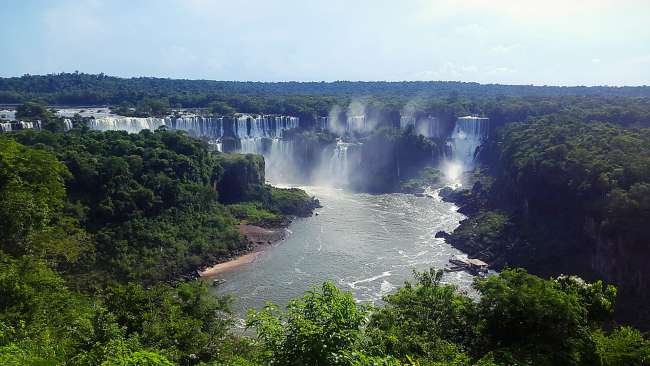
Izvještaji o putovanjima Argentina

